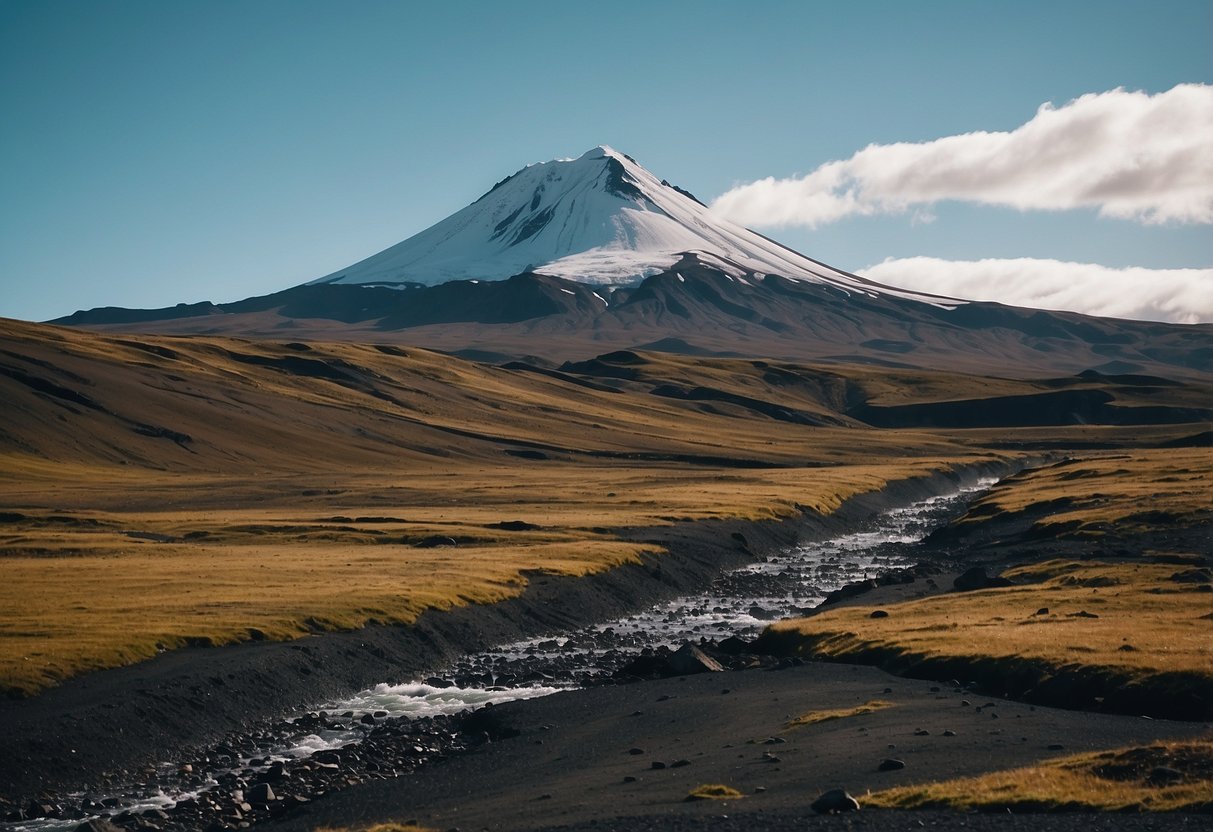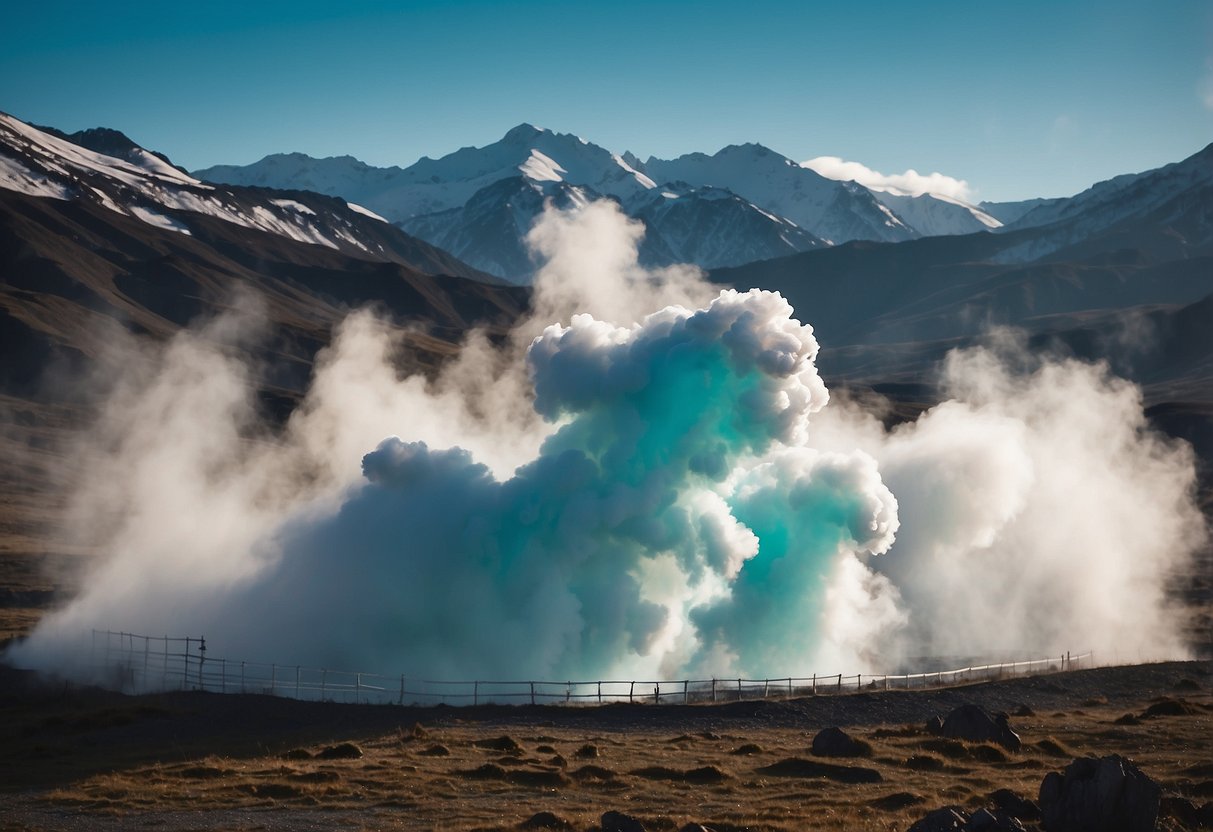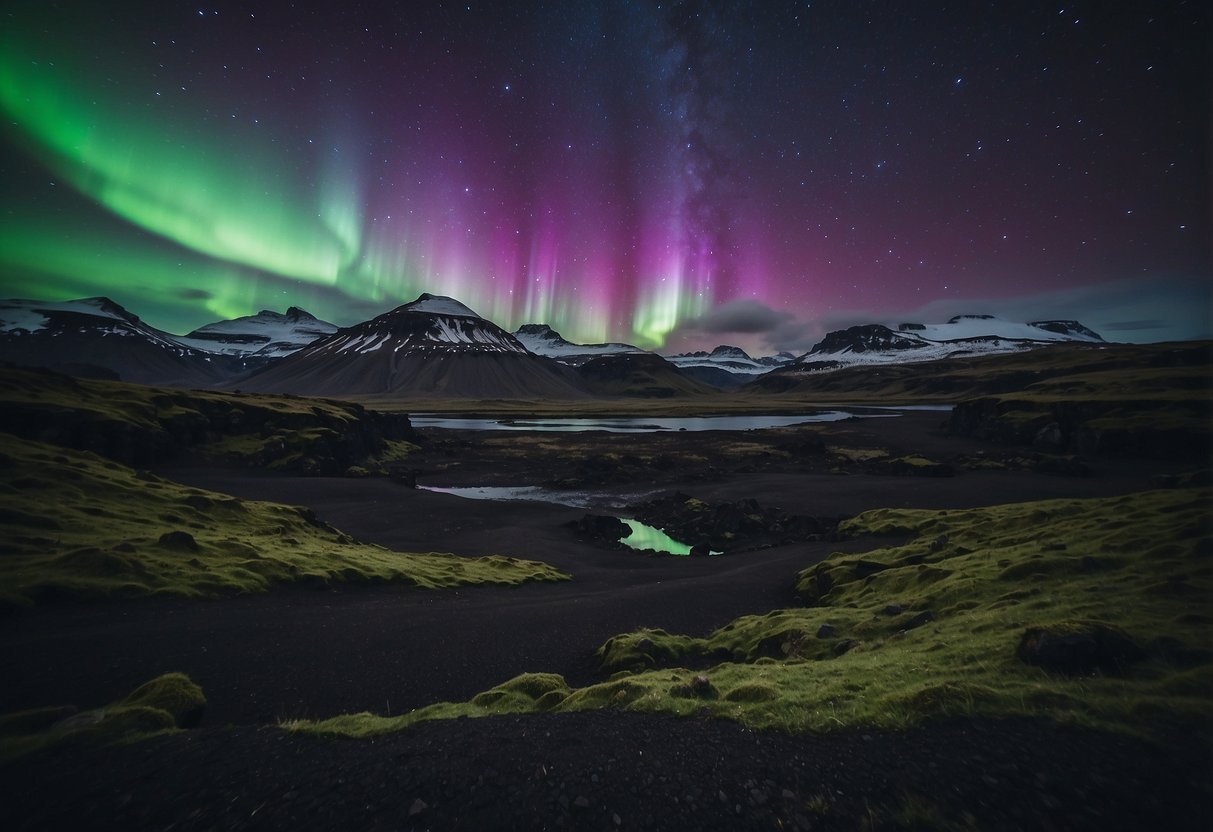
The Allure of Icelandic Geothermal Springs

Iceland’s geothermal springs are known for their unique hot waters and healing properties. Two standout locations are the Blue Lagoon and the Mývatn Nature Baths, each offering distinct experiences.
The Blue Lagoon
The Blue Lagoon, located near Reykjavik, is one of Iceland’s most iconic attractions. This geothermal spa is renowned for its milky-blue waters, rich in minerals like silica and sulfur. The warm temperatures, averaging around 100°F (38°C), make it a perfect place for relaxation. Visitors often notice improvements in skin conditions due to the therapeutic properties of the waters.
In addition to its natural beauty, the Blue Lagoon offers luxurious amenities. Guests can enjoy in-water massages, sauna sessions, and fine dining at the Lava Restaurant. The complex also includes a clinic for skin treatments, making it a favorite destination for both tourists and locals.
Mývatn Nature Baths
Situated in Northern Iceland, the Mývatn Nature Baths provide a quieter, more intimate experience. Unlike the Blue Lagoon, these baths offer stunning views of the surrounding volcanic landscapes. The waters here are rich in minerals like calcium, magnesium, and sulfur, known for their rejuvenating effects.
Temperatures at the Mývatn Nature Baths range from 96°F to 104°F (36°C to 40°C), creating a soothing environment. Amenities include a café and steam rooms, adding to the overall experience. Many visitors come here to escape the crowds and enjoy a more serene, natural setting.
The Dance of the Northern Lights

The natural phenomenon known as the Northern Lights captivates visitors with its ever-changing display of colors. This impressive light show occurs when charged particles from the sun interact with Earth’s magnetic field.
The best time to witness the Aurora Borealis in Iceland is between late September and early April. During these months, the nights are longer, providing ample opportunity to catch a glimpse of this mesmerizing event.
Many opt to travel to remote areas, away from city lights, for an unobstructed view. Popular locations include Thingvellir National Park and the Snaefellsnes Peninsula.
The Northern Lights are not guaranteed every night even under optimal conditions. Patience and flexibility are essential for those hoping to experience this breathtaking spectacle.
Various guided tours are available, offering expert knowledge and prime viewing spots. These tours often increase the likelihood of seeing the lights, as guides know where the activity is likely to be highest.
Iceland’s Diverse Wildlife
Iceland’s unique ecosystem hosts a variety of intriguing wildlife that attracts nature lovers and adventurers from around the globe. From puffins nesting on coastal cliffs to majestic whales breaching off the shores, the country’s animal life offers opportunities for unforgettable experiences.
Puffin Spotting on the Westman Islands
The Westman Islands, located off the south coast of Iceland, are a prime location for observing puffins. These charismatic seabirds are best seen during the summer months when they come to nest on the island’s cliffs. Puffins are known for their distinctive colorful beaks and sociable nature, making them a favorite among wildlife enthusiasts and photographers.
Guided tours are available, offering visitors the chance to learn about puffin behavior and conservation efforts. Early morning or late evening are the best times to spot these birds, as they are most active during these periods. Besides puffins, the islands are also home to other bird species, contributing to the rich biodiversity of the area.
Whale Watching Adventures
Iceland’s waters are a hotspot for whale watching, with numerous species such as humpback whales, orcas, and minke whales frequently sighted. The prime locations for these excursions include Húsavík and Reykjavík, where organized tours take passengers close to these magnificent creatures.
The best seasons for whale watching are from April to October, with summer offering the highest probability of sightings. These tours often come with guides who provide insightful information about whale behavior and marine life conservation. The experience is enhanced by the scenic backdrop of Iceland’s fjords and coastal landscapes, making it a must-do for any nature lover visiting the country.